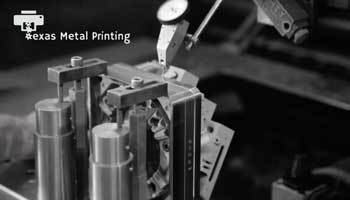It is a vital safety factor for anyone who owns a vehicle. Like the fuel efficiency differs based on the type of vehicle or where you drive, so will the use of the brakes. Most drivers ignore the maintenance of their brakes even when they are aware that they can purchase reasonable brake pads.
If your brake system is properly maintained, you can avoid costly repairs. There isn't a specific schedule that will let you know when it is time to replace brake pads or rotor repair. You must keep an eye on the condition of the brake pads in your vehicle.

Pay close attention to the visual signals. Check your current brake pads by looking through the wheel spokes and determining the need for them to be replaced. The brake pads' outer surface is evident because it presses against the brake disc (metal rotor). If less than an inch is visible be aware that your brake pads are brittle and you need to replace them. Some newer cars have the dash lights which turn on when the parts are wearing out. Another alternative is to check the exterior to see whether brake dust is getting accumulated.
Dust can darken the hubcaps and wheels which indicates that your brakes have wear-resistant.
If your brake pedal is pulsating every time you put your foot against it, that's an indication that you require new brake pads. Pulsating brakes refer to the continuous grabbing or brake vibration that drivers feel when trying to apply brakes. It is usually caused by damaged brake pads from the heat or worn out pads. In some instances, brake pads may be machined again and the issue gets resolved. But they shouldn't be machined again, they won't.